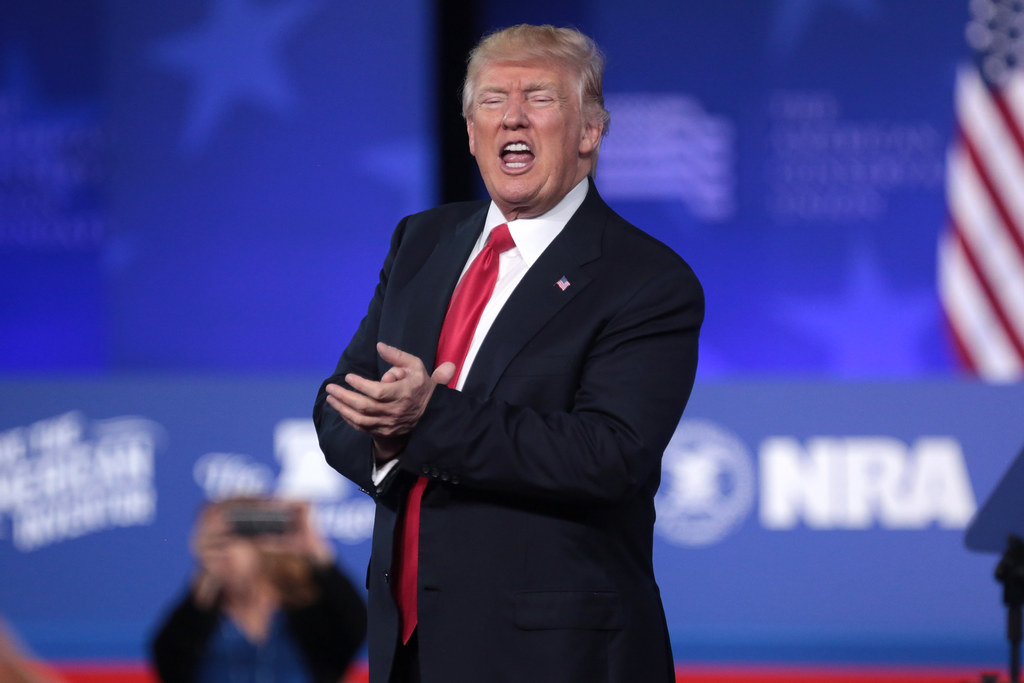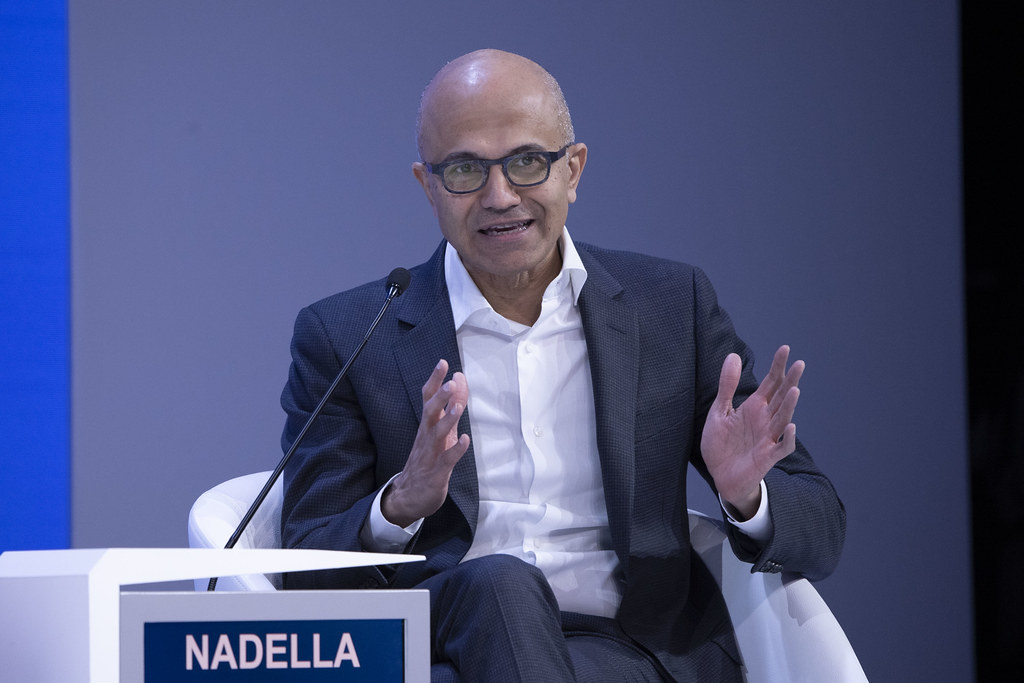In a significant gesture of goodwill on the trade battlefield, President Donald Trump pledged to temporarily cut tariffs. This is the case for all small parcels shipped from mainland China and Hong Kong to the United States. That new bilateral agreement started after extensive negotiations between the two countries. It is intended to calm waters and demonstrate a commitment toward more amicable trade practices.
U.S.-China Agreement Reduces Tariffs for 90 Days
On March 23, the US and China reached an agreement to reduce, or avoid increasing, tariffs on each other’s products for 90 days. Both governments issued a joint statement, outlining their willingness to negotiate. This decision lays the groundwork for several upcoming rounds of trade negotiations to culminate in the resolution of these disputes. Per this deal, the US will make big reductions in tariffs on all small packages under $800. Under the new tariff rate, that will fall from 145% to a mere 30%. At the same time, China’s retaliatory tariffs on US agricultural exports will fall from 125% to 10%.
On the one hand, Trump was correct to point out that these levies have not been fully cancelled. They’ve been suspended. In doing so he sent out a stark warning. If the negotiations fail to make further progress in three months, those suspended tariffs will be reinstated. You’ll pay the flat fee of $100 per shipment at multiple points during the year starting May 2. The $200 fee that was scheduled to take effect on June 1 has been rescinded.
Trump’s View on Trade Relations
“We’re not looking to hurt China,” – Donald Trump
The president went on to insist that China is “getting hurt very badly” by today’s trade practices. The new House Speaker expressed optimism about upcoming communications between President Biden and Chinese President Xi Jinping. He told me he hopes to confer with him soon—hopefully by the end of the week.
That’s why it’s an important first step to reduce tariffs on small packages. It directly takes on the trade tensions and the trade wars that have flared up in recent years. The old tariff rate, which was up to 120%, became an unwelcomed battlefront for many businesses dependent on importing goods from China. This new provision is an attempt to help alleviate the economic burdens on fast-fashion businesses, such as Shein and Temu. These businesses depend on the shipping of small parcels from China.
As negotiations continue, the focus remains on finding long-term solutions that can stabilize trade relations between the two economic powerhouses. The understandings reached in the temporary suspension of retaliation tariffs show that both sides are ready to take constructive steps in dialogue.
Author’s Opinion
The temporary tariff cuts on small parcels reflect a positive, yet cautious approach from both countries to reduce trade tensions. This step, while helpful for businesses reliant on small parcel shipments, does not address the long-term issues that continue to plague the relationship between the U.S. and China. Sustainable solutions will require more comprehensive agreements that go beyond short-term fixes and tackle deeper economic and political factors.











